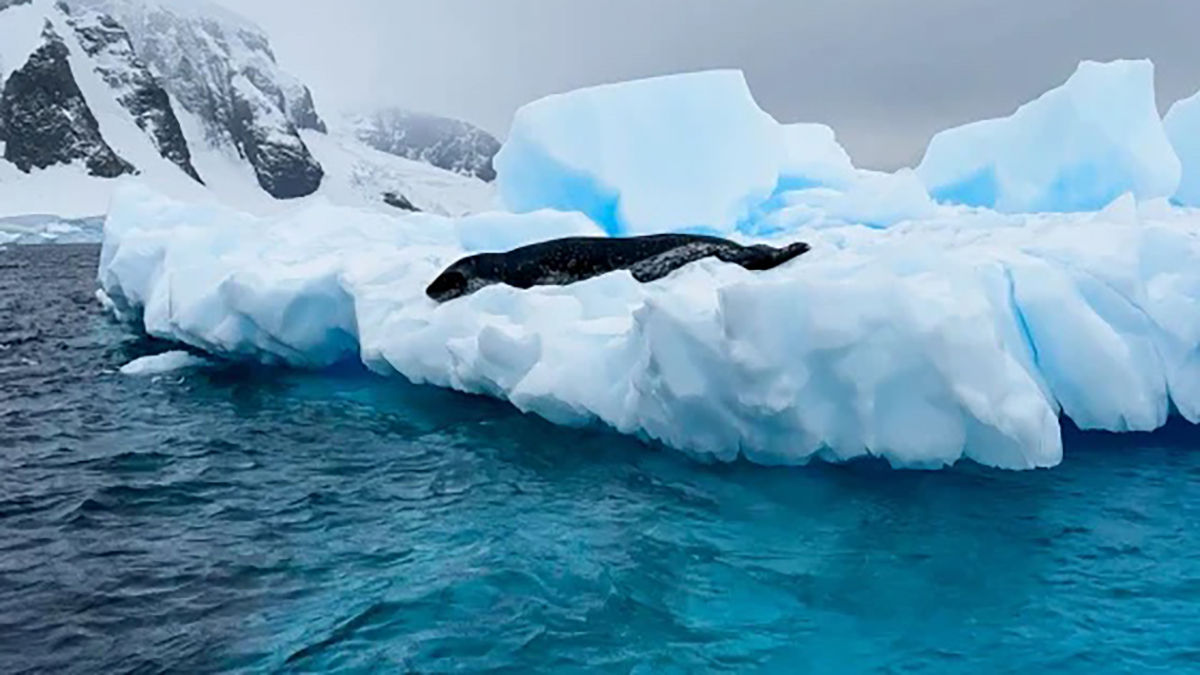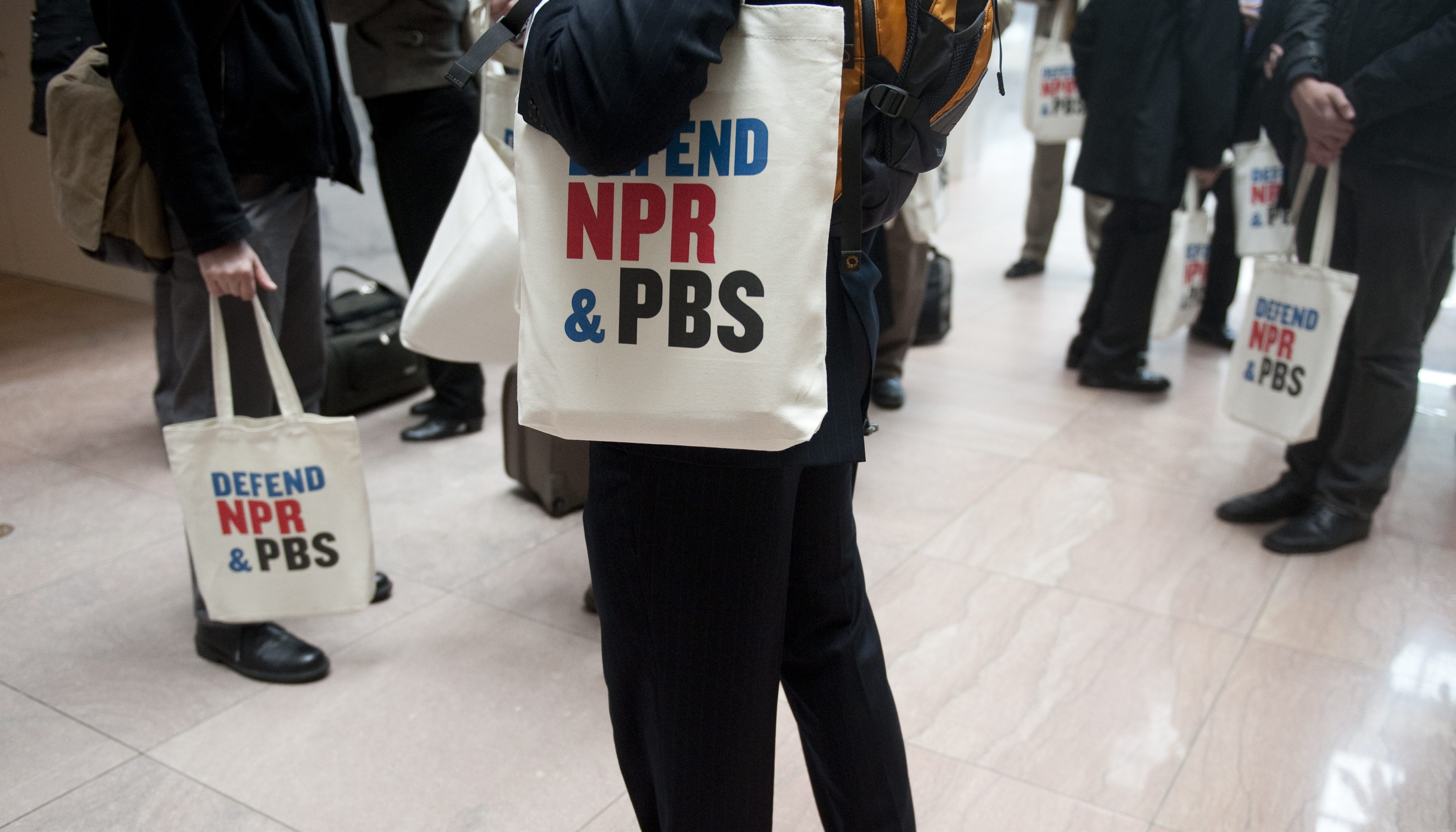Antarctic Cruises Fund Science: Saving Research From Cuts?
Antarctica's Unlikely Allies: Tourist Cruises Sponsoring Science Amid Funding Cuts
Introduction: A Sea Change in Antarctic Research
Picture this: the icy expanse of Antarctica, a continent of scientific wonder and breathtaking beauty. Now, imagine research projects crucial to understanding our planet's future being threatened. That's the reality facing Antarctic science today. As federal funding dwindles, an unlikely partnership is emerging: tourist cruises are stepping in to sponsor scientists. During Antarctica’s warm season, the sleek Norwegian passenger ship known as the MS Fridtjof Nansen departs regularly from Argentina for its journey south across the turbulent Drake Passage, down to the Antarctic Peninsula. The cruise carries wealthy adventurers, bucket listers and, increasingly, polar scientists looking to gather data as public funding for Antarctic research vanishes under the Trump administration. It's a fascinating twist in the tale of Antarctic exploration and research.
The Funding Freeze: A Chill Wind for Antarctic Science
The National Science Foundation (NSF) is one of the largest funders of scientific research in the world, with an annual budget of roughly $9 billion that supports the bulk of U.S. Antarctic research. Over the last few months, the Trump administration has ordered deep cuts to the agency, leaving scientists to wonder how they’ll study everything from melting glaciers and ice sheets to the impact of pollution from power plants and wildfires. These cuts have sent a shiver down the spine of the scientific community. Research projects on everything from penguin populations to ice core analysis are now in jeopardy. How will scientists continue their vital work without the necessary funding?
The Cruise Ship Connection: An Unlikely Savior?
So, where do cruise ships come into the picture? Well, these vessels, normally associated with luxury travel and sightseeing, are offering a lifeline. They're providing scientists with a platform to conduct research, offering access to remote locations and logistical support that would otherwise be unavailable. It's a win-win situation: scientists get to continue their work, and cruise lines can enhance their onboard experience with expert insights. But how did this partnership come to be?
H2: The Benefits for Science: A Floating Laboratory
Think of these cruise ships as floating laboratories, providing access to areas that are difficult and expensive to reach independently. Scientists can collect samples, deploy instruments, and observe wildlife from the deck of the ship.
- Access to Remote Locations: Cruise ships can navigate to areas that are inaccessible by land.
- Logistical Support: They provide accommodation, transportation, and research space.
- Collaboration Opportunities: Scientists can collaborate with researchers from different institutions and countries.
H3: Real-Time Data Collection
Having scientists onboard allows for the real-time collection of crucial data, such as ocean temperatures, salinity levels, and atmospheric conditions. This immediate data is invaluable for understanding the rapidly changing Antarctic environment.
H3: Monitoring Wildlife Populations
Cruise ships provide an excellent platform for monitoring penguin colonies, seal populations, and other Antarctic wildlife. Scientists can conduct surveys, collect genetic samples, and track animal movements.
H2: Benefits for Cruise Lines: Elevating the Experience
For cruise lines, sponsoring scientists isn't just about good PR. It's a way to enhance the passenger experience and attract a more discerning clientele.
- Educational Enrichment: Onboard lectures and presentations by scientists can add value.
- Unique Selling Proposition: Sponsoring science can differentiate cruise lines.
- Positive PR: Supporting research can enhance a company's image.
H3: Expert Lectures and Presentations
Passengers can attend lectures and presentations by scientists, learning about the latest research findings and gaining a deeper understanding of the Antarctic environment. It's like having a professor on board, but instead of a classroom, you have the stunning backdrop of icebergs and glaciers.
H3: Enhanced Passenger Engagement
Involving passengers in citizen science projects can further enhance their engagement and create a more meaningful travel experience. Imagine helping scientists collect data on penguin populations or monitoring ice conditions – now that’s a vacation you'll never forget!
H2: Concerns and Criticisms: A Delicate Balance
While this partnership is promising, it's not without its concerns. There are legitimate questions about the potential impact of tourism on the fragile Antarctic environment. Cruise ships can contribute to pollution, disturb wildlife, and introduce invasive species.
H3: Environmental Impact
The environmental impact of cruise ship tourism must be carefully managed to minimize disturbance to the Antarctic ecosystem. Strict regulations and guidelines are necessary to ensure responsible tourism practices.
H3: Scientific Integrity
Maintaining scientific integrity is crucial. Scientists must be able to conduct their research independently, without undue influence from cruise line sponsors. Transparency and peer review are essential safeguards.
H2: The Ethical Considerations: Balancing Science and Tourism
Is it ethical to rely on tourism to fund scientific research? Some argue that it's a necessary compromise in the face of dwindling government funding. Others worry that it could lead to conflicts of interest or compromise the integrity of research. It's a complex ethical dilemma with no easy answers. What do you think?
H2: The Future of Antarctic Research: A New Model?
Could this partnership between cruise lines and scientists represent a new model for funding Antarctic research? Perhaps. It highlights the importance of exploring alternative funding sources and fostering collaboration between different sectors. Maybe this is the future of exploration: a public/private partnership, driven by the passion to understand our world.
H3: Diversifying Funding Sources
Diversifying funding sources is crucial to ensure the long-term sustainability of Antarctic research. This could involve partnerships with private foundations, corporations, and international organizations.
H3: Promoting Collaboration
Promoting collaboration between scientists, policymakers, and the tourism industry can help to address the challenges and opportunities facing Antarctic research.
H2: The Role of Technology: Enhancing Research Capabilities
Technology is playing an increasingly important role in Antarctic research. Remote sensing technologies, such as satellites and drones, can be used to monitor ice conditions, track wildlife movements, and collect data in remote areas. New technologies are becoming more efficient, more lightweight, and more robust allowing for a wider range of data to be gathered.
H2: Individual Stories: Scientists on Board
Let's zoom in and focus on some of the individual scientists who are benefiting from this unique arrangement. Their stories offer a glimpse into the challenges and rewards of conducting research in Antarctica.
H3: Dr. Emily Carter: Studying Penguin Behavior
Dr. Carter, a penguin biologist, has been able to continue her research on penguin behavior thanks to the support of a cruise line. She's been able to track penguin movements, study their feeding habits, and assess the impact of climate change on their populations.
H3: Dr. Ben Olsen: Analyzing Ice Cores
Dr. Olsen, a glaciologist, has been analyzing ice cores collected from Antarctica to reconstruct past climate conditions. His research is helping us to understand the history of our planet and predict future climate change scenarios.
H2: The Impact on Policy: Informing Decision-Making
The research conducted in Antarctica has important implications for policy decisions related to climate change, conservation, and resource management. The data collected by scientists can inform international agreements and national policies aimed at protecting the Antarctic environment.
H2: Challenges Ahead: Navigating the Unknown
The future of Antarctic research is uncertain, but one thing is clear: innovation and collaboration will be essential. As funding challenges persist, scientists will need to find new and creative ways to continue their vital work. Navigating the unknown requires flexibility, resilience, and a commitment to preserving the integrity of Antarctic science.
H2: Public Awareness: Sharing the Antarctic Story
Raising public awareness about the importance of Antarctic research is crucial to garnering support for future funding and conservation efforts. Sharing the stories of scientists and their discoveries can inspire a sense of wonder and encourage people to take action to protect this precious environment.
H2: Conclusion: An Unlikely Alliance for a Vital Cause
The partnership between Antarctic tourist cruises and scientists represents an unexpected but vital alliance. While concerns about environmental impact and ethical considerations remain, this collaboration offers a promising model for continuing crucial research in the face of funding cuts. It is an inspiring example of how creative thinking and cooperation can help us unlock the secrets of Antarctica and protect its fragile ecosystem. The future of Antarctic research may well depend on the success of these unconventional partnerships. It's a testament to human ingenuity and our unwavering commitment to understanding the world around us.
Frequently Asked Questions
- Why is Antarctic research so important?
Antarctic research is crucial for understanding global climate change, sea-level rise, and the health of our planet's oceans. Antarctica acts as a "canary in the coal mine," providing early warnings about environmental changes.
- What are the main threats to the Antarctic environment?
The main threats include climate change (leading to ice melt), pollution from human activities, overfishing, and the introduction of invasive species. Cruise ships can also contribute to these threats if not properly managed.
- How can I support Antarctic research?
You can support Antarctic research by donating to scientific organizations, advocating for government funding, and making environmentally conscious travel choices. Consider supporting cruise lines that prioritize sustainable practices and scientific collaboration.
- What kind of research is being conducted in Antarctica?
A wide range of research is conducted, including studies of glaciers and ice sheets, oceanography, atmospheric science, wildlife biology, and geology. Scientists are also studying the impact of climate change on the Antarctic ecosystem.
- Are there any regulations governing tourism in Antarctica?
Yes, tourism in Antarctica is regulated by the Antarctic Treaty System and the International Association of Antarctica Tour Operators (IAATO). These regulations aim to minimize the environmental impact of tourism and ensure responsible practices.


